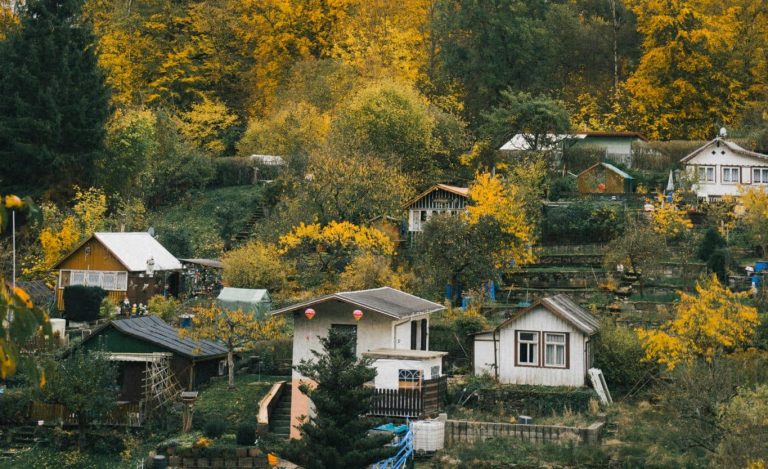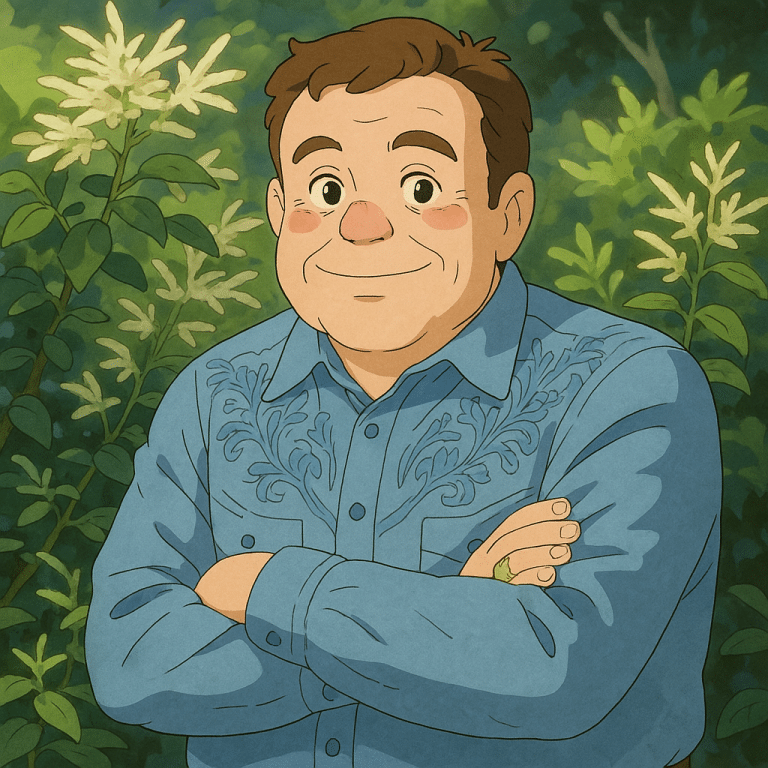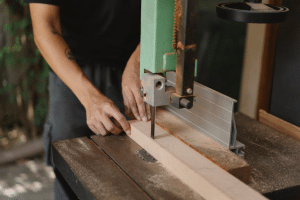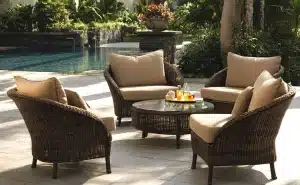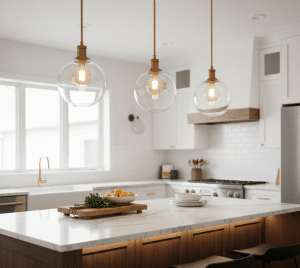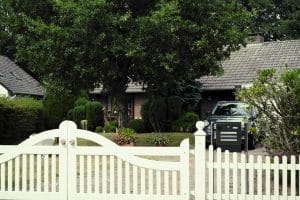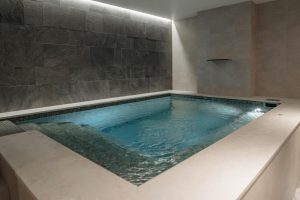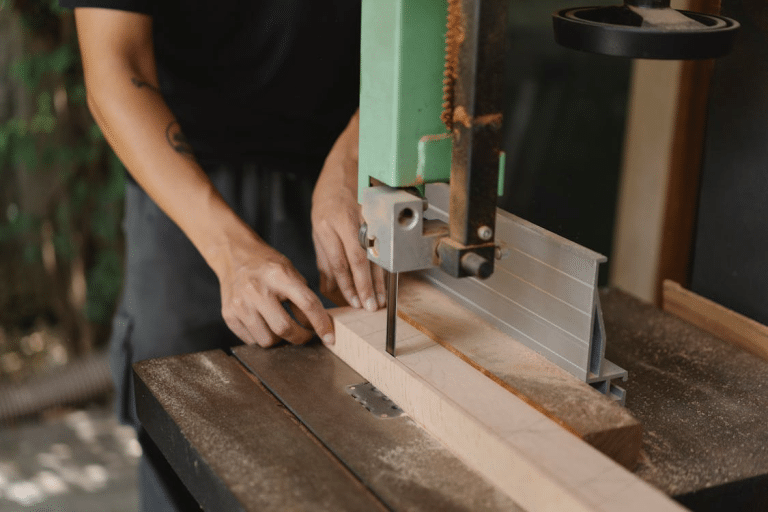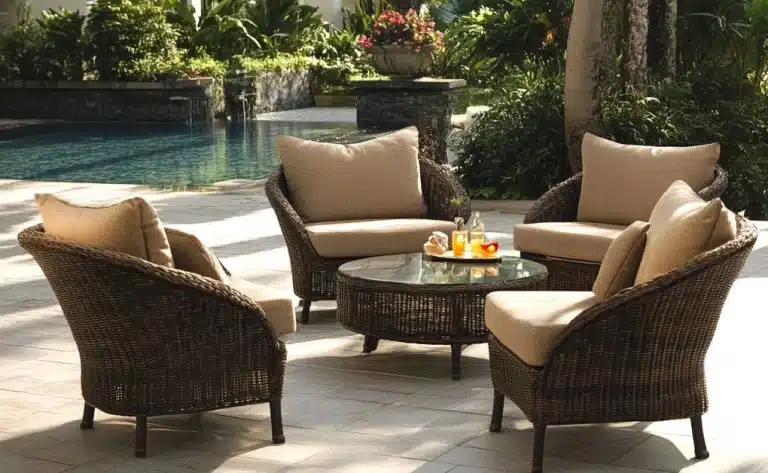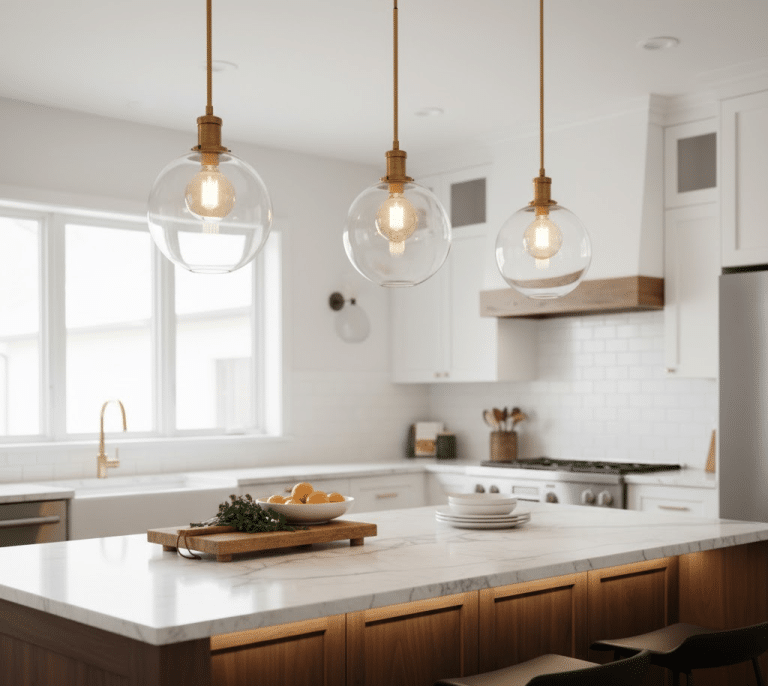If you live in a small home, you know how to prioritize. Less clutter means more freedom, and you’re very aware of that. Every chair has to be comfortable enough to justify taking up floor space, and every gadget has to be useful enough to deserve a precious drawer.
But for some reason, that logic no longer stands once you’re out the door. Gardens are beautiful, and it’s no wonder you want to have one, but how much time and money go into it? Exotic plants are so, so much work. They always want more water, specific soil, chemical fertilizers, and pruning every week… It’s a lot.
Your home is simple, so why isn’t your garden following that same philosophy?
Ever considered natives? They’re very low-maintenance, but, believe it or not, that’s their least impressive perk.
Let’s check them out.
Native vs Ornamental Plants
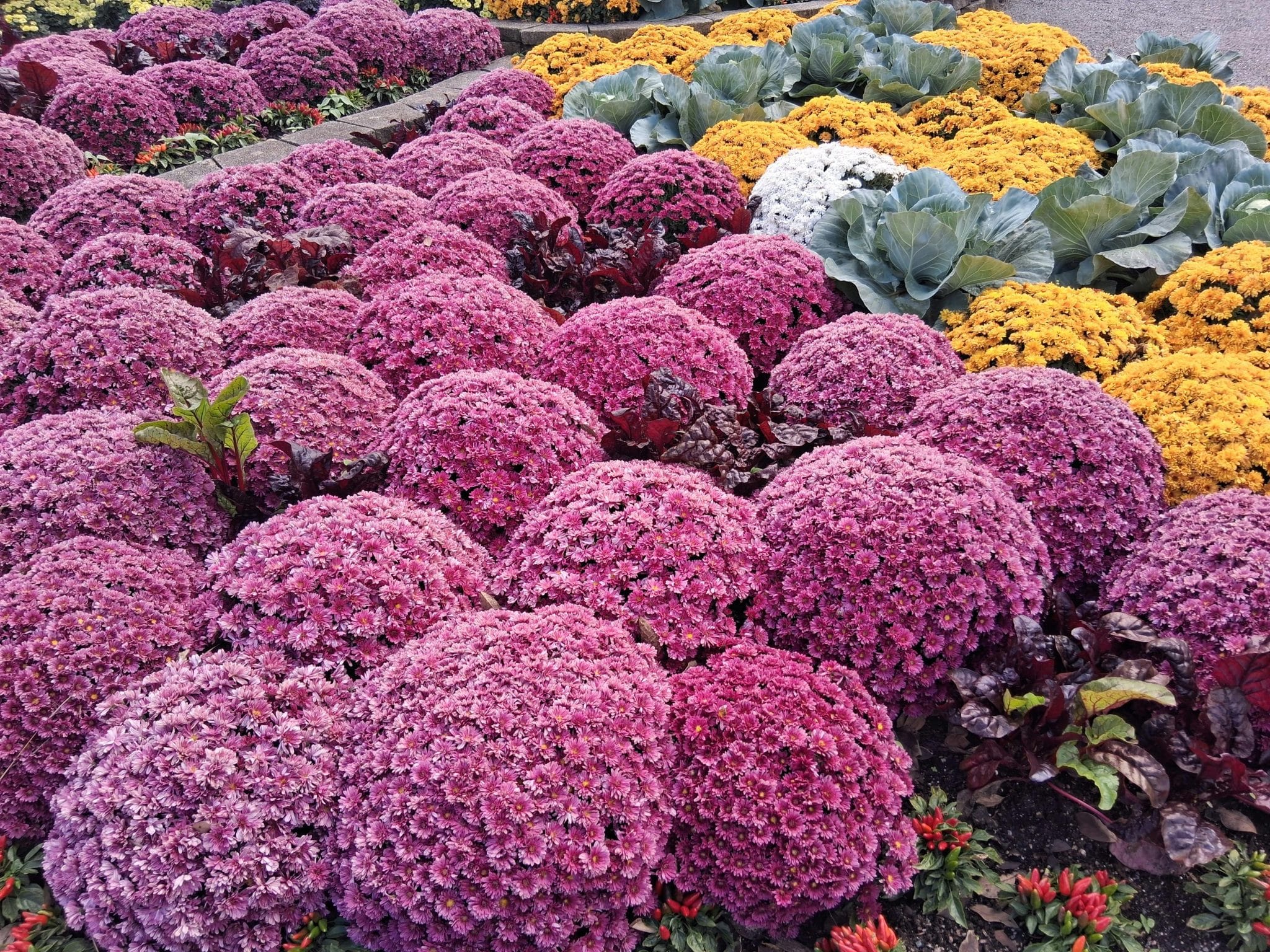
When you’re deciding on what to plant in your small garden, you can choose between ornamental and native plants. And you’d think this comes down to aesthetics, but it doesn’t. One option works with nature, another against it.
Native plants are like experts for your particular climate. They’ve spent centuries adapting to the soil, climate, rainfall, and temperatures, meaning they don’t need extra fertilizer or crazy amounts of water.
Ornamental plants are a totally different story.
People choose them for their looks, and as beautiful as they are, they’re a lot of work. They’re the Mariah Carey of plants – total divas. They have a hard time living in local conditions, so you’ll need to have sprinklers, chemical feeds, and maintenance, but worst of all, they might even be invasive. If you have a small space, the struggle is even bigger.
A high-maintenance exotic plant can easily overwhelm an entire area or wither. Natives, on the other hand, blend into their environment and happily grow while you do basically nothing.
Location is your best guide, so let’s take a look at some examples:
- Texas – rugged species that tolerate droughts like Texas Sage and Buffalo Grass. They’re okay with intense sun and sporadic rainfall.
- Colorado – Hardy alpine plants like Penstemon and Blue Grama Grass are your best friends in Colorado.
- Florida – All about the heat here! Coontie Palm and Muhly Grass love both the humidity and sandy soil, and the heat? They thrive in it.
- Arizona – Desert classics like Brittlebush and Desert Marigold do best here. They don’t need a lot of water, yet they’re beautiful and look perfect against the rugged landscape.
- Tennessee – Park model homes Tennessee residents commonly go for are packed with the native Dogwood and/or Redbud simply because they’re perfectly suited for the dappled shade and generous (to say the least) seasonal rains.
Benefits of Using Native Plants Around Small Homes
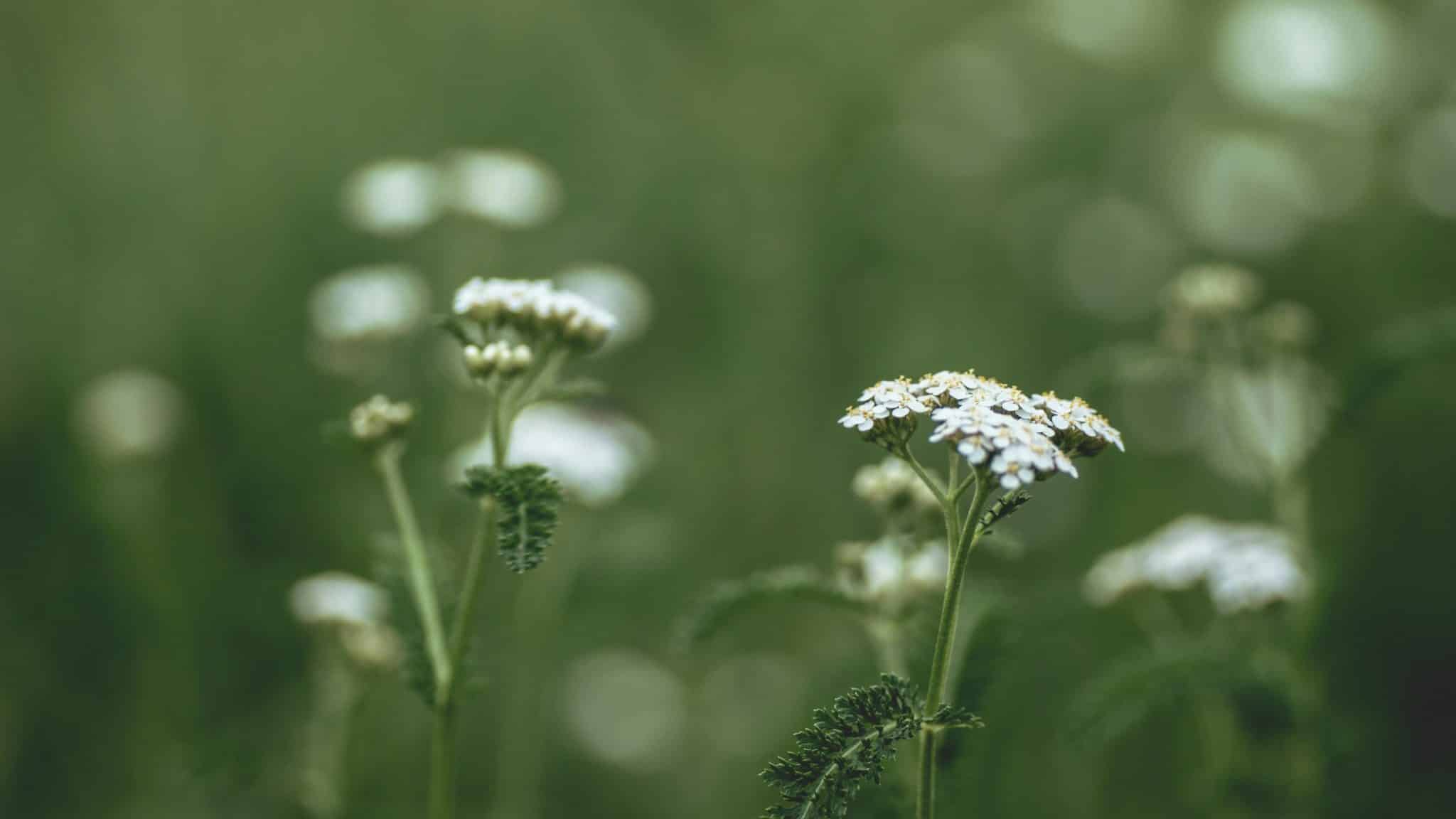
Native plants are pretty much perfect. Downsides? Nowhere to be seen. They’re happy with the soil they’re in, they’re okay with the amount of rain and sun they get, and maintenance? Once in a while, whenever you feel like it.
Here’s why you’ll love native plants.
Low Maintenance
You didn’t buy a small home so your weekends could be spent mowing the lawn and weeding the garden, and native plants go perfectly with that mindset. Once they’ve settled in, their roots go deep and they tap into the water you can’t even see.
Sprinklers? Who even needs them?
They don’t need fancy plant food, and they grow at a pace that goes well with your space so that you can forget about pruning.
Support for the Wildlife
Birds, bees, and butterflies not only love natives, but they also need them. Native plants are part of their ancient food chain, and they have exactly the kind of nectar, berries, and shelter these little animals need.
A quiet, sterile lawn has nothing on a garden full of hummingbirds, bees, caterpillars, and butterflies living their lives, buzzing away.
This is how a patch of land becomes alive.
Natural Resilience
Delicate plants where? Natives are incredibly resilient, and they know exactly how to deal with local pests and diseases. Your imported shrub will throw a fit during a heatwave, but natives? They’ll laugh it off.
This means that you don’t need sprays and chemicals to keep your friends healthy, and that’s better for your wallet and for the environment.
Efficient Use of Space
A plant that grows too fast will quickly become an issue if your yard is small or limited in space. That’s why native plants have the benefit of ‘knowing how to behave’ – they’ll grow into the size that works within the area naturally, without human intervention.
You won’t wake up one morning and find them blocking your window or taking over half the garden.
Conclusion
I know that this looks like I’m talking smack about exotic plants, but that wasn’t my intention (or opinion). Look, I get it – they’re beautiful. But that’s about it. When you look past their looks, it’s all downhill.
Native plants, on the other hand, are all pros. They let you keep your money and time, while also being good for the environment.
If you already have a small home that doesn’t take too much work, why make yourself a slave of your own garden?


